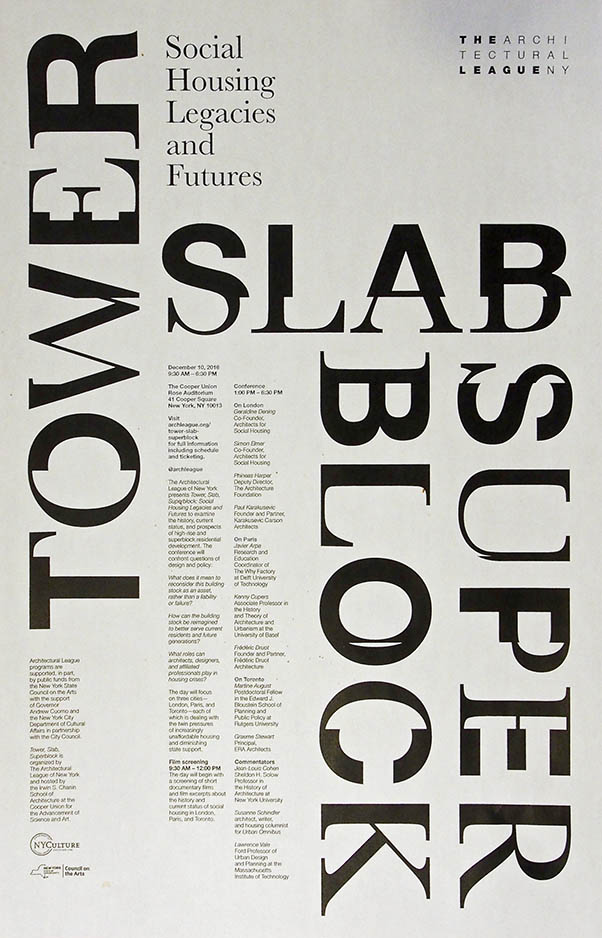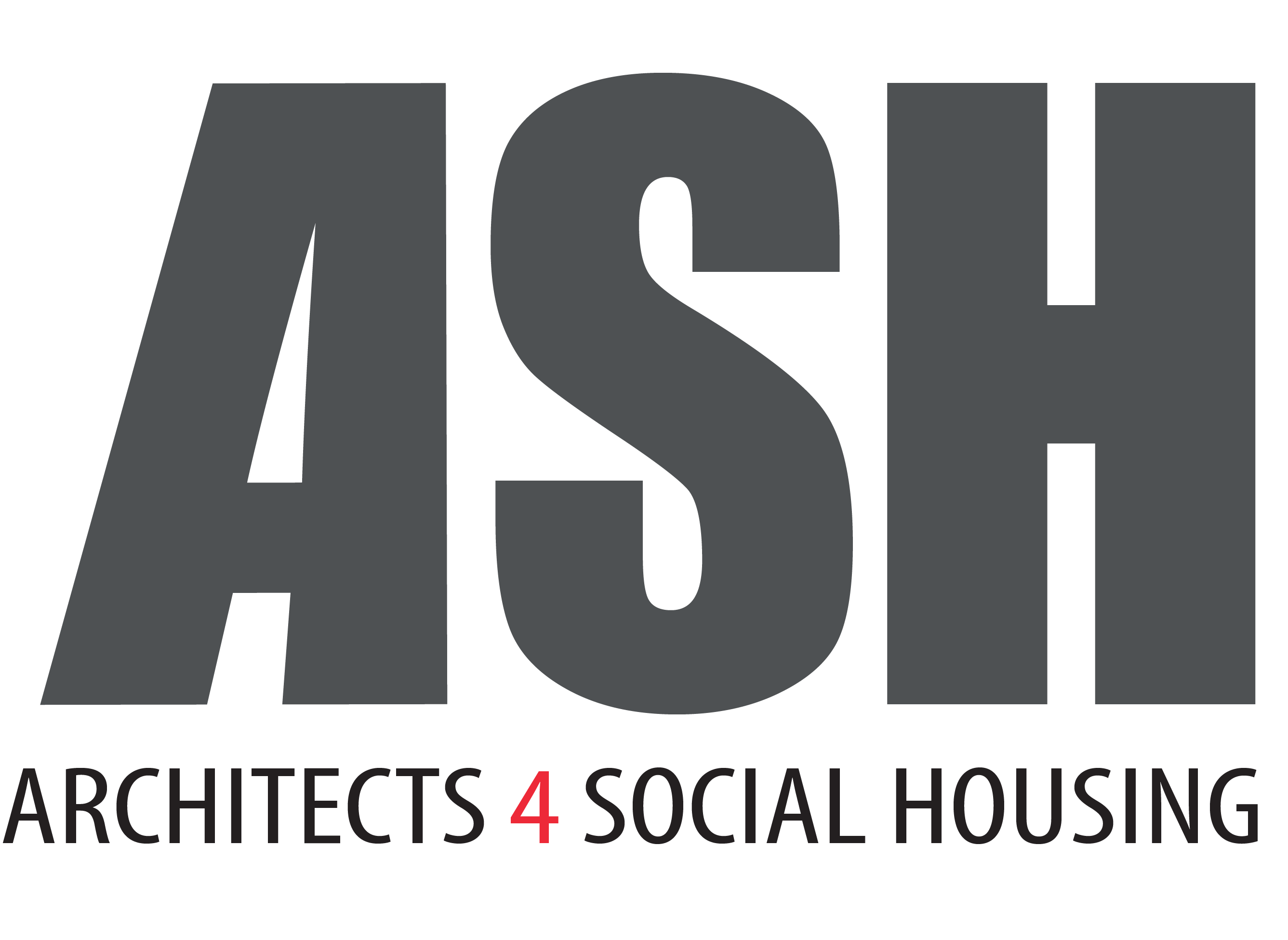Alternatives to Demolition
We propose architectural alternatives to estate demolition schemes through designs and feasibility studies for infill housing and lightweight roof extensions that increase housing capacity on the estates by up to 50 per cent and, by selling a proportion of the new homes on the private market, generate the funds to refurbish the existing council homes, while leaving the communities they currently house intact.
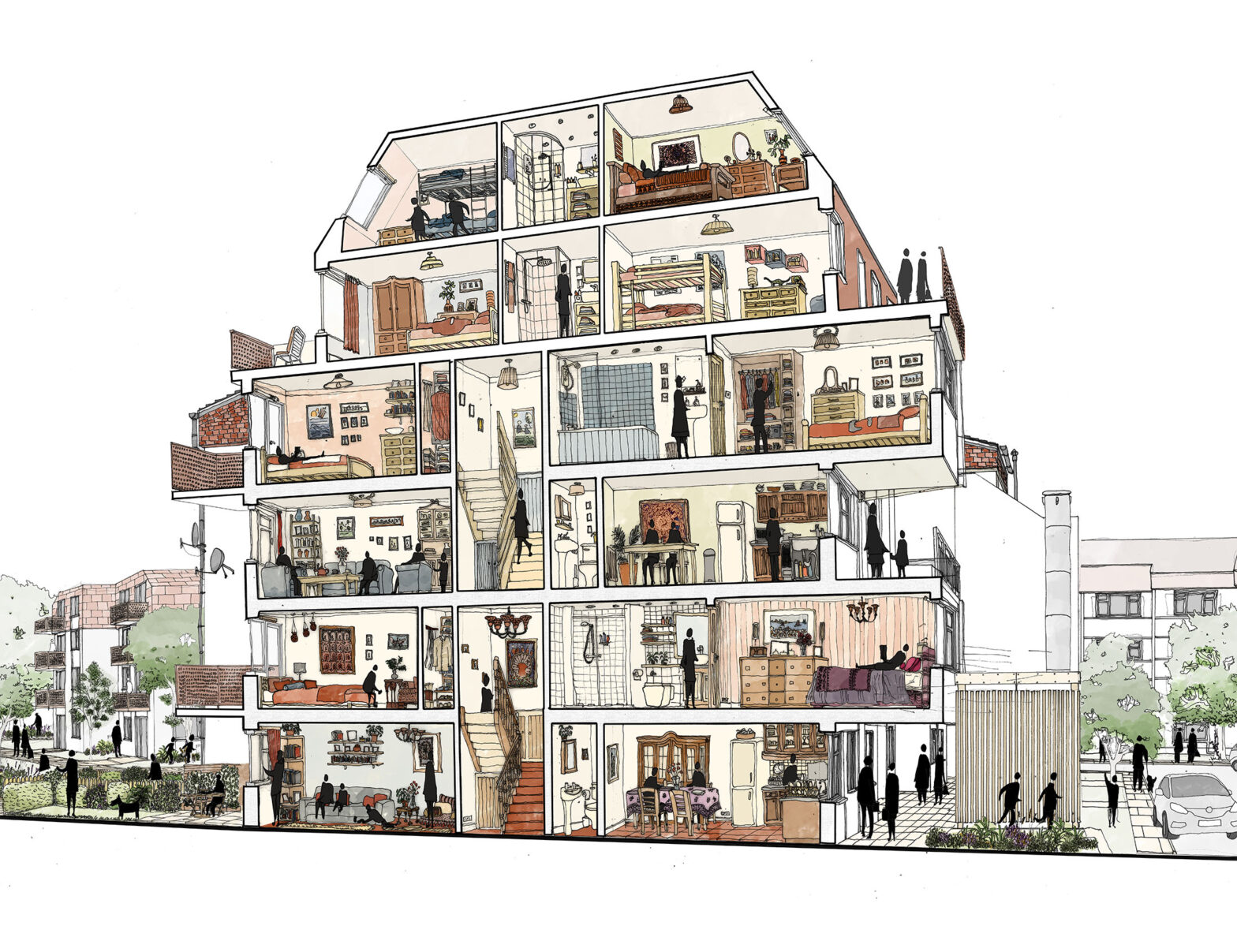
St. Raphael’s Estate
Alternatives to Demolition
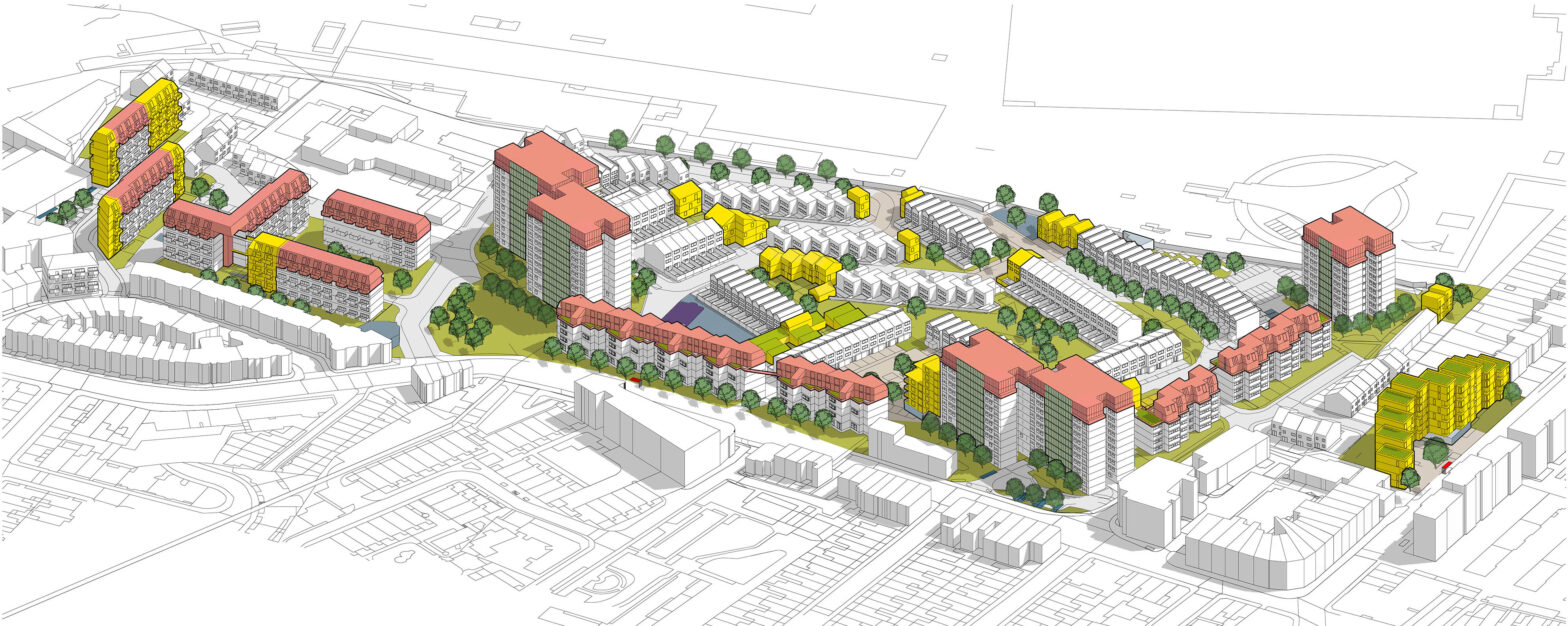
West Kensington and Gibbs Green Estates
Alternatives to Demolition
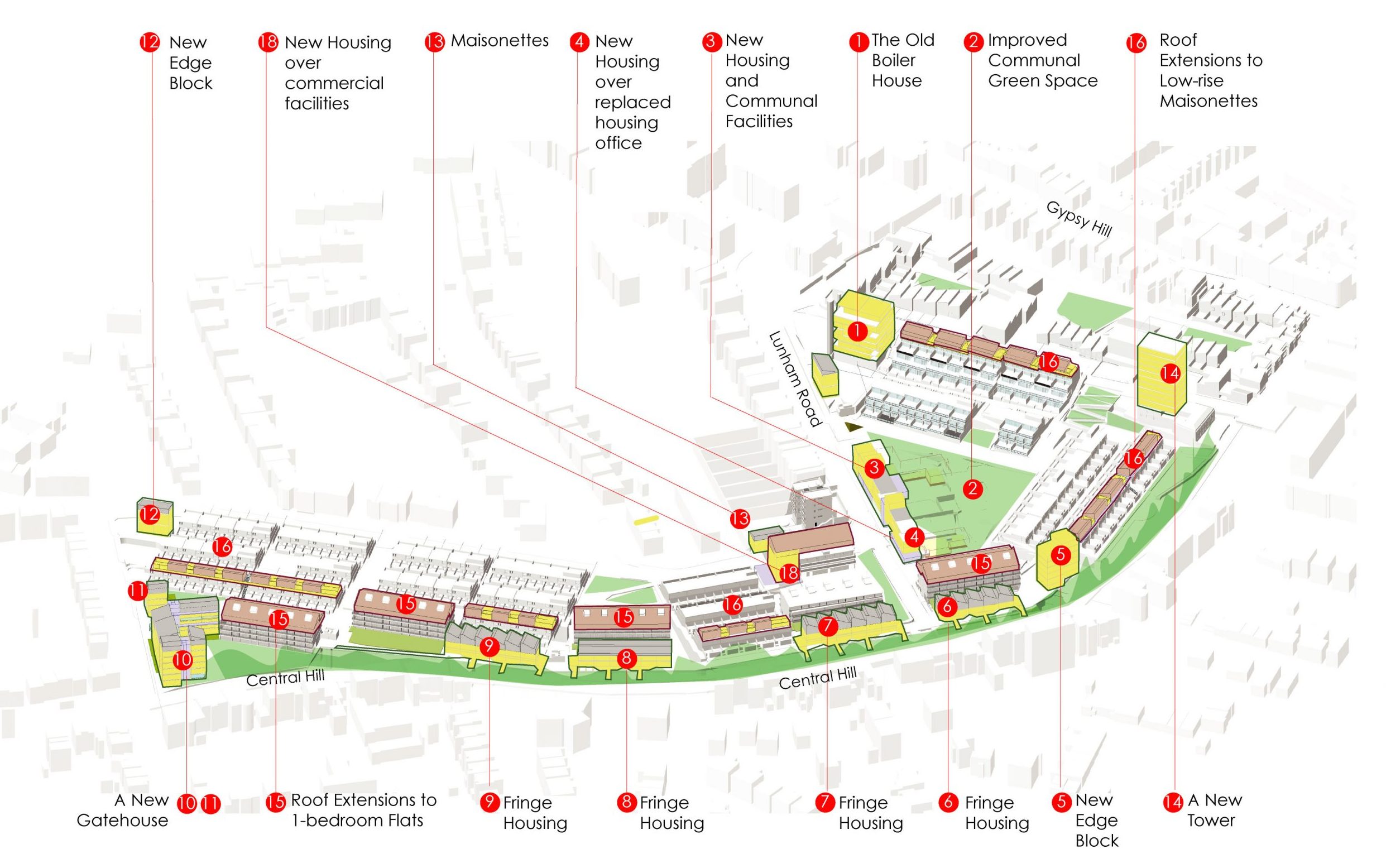
Central Hill Estate
Alternatives to Demolition
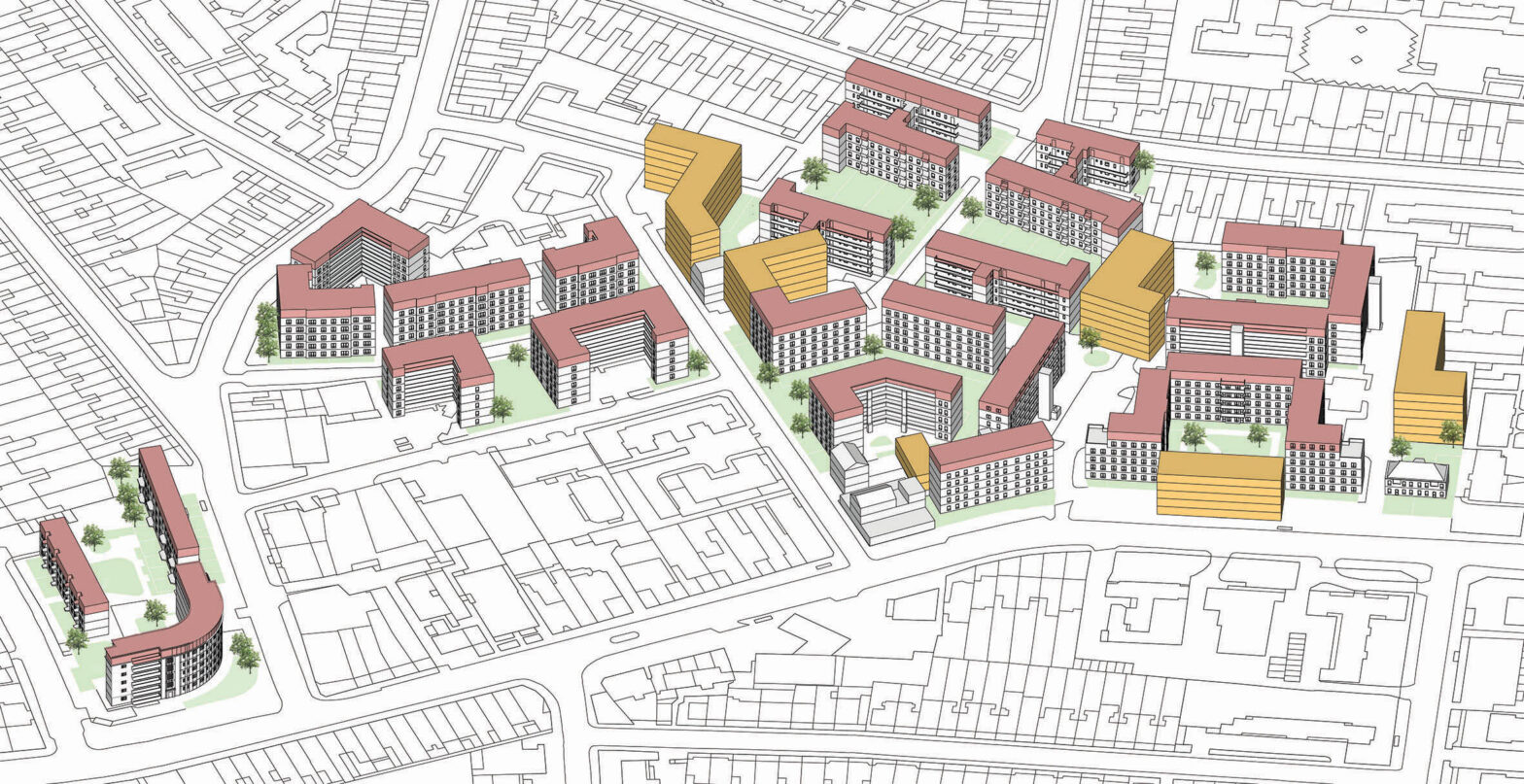
Northwold Estate
Alternatives to Demolition
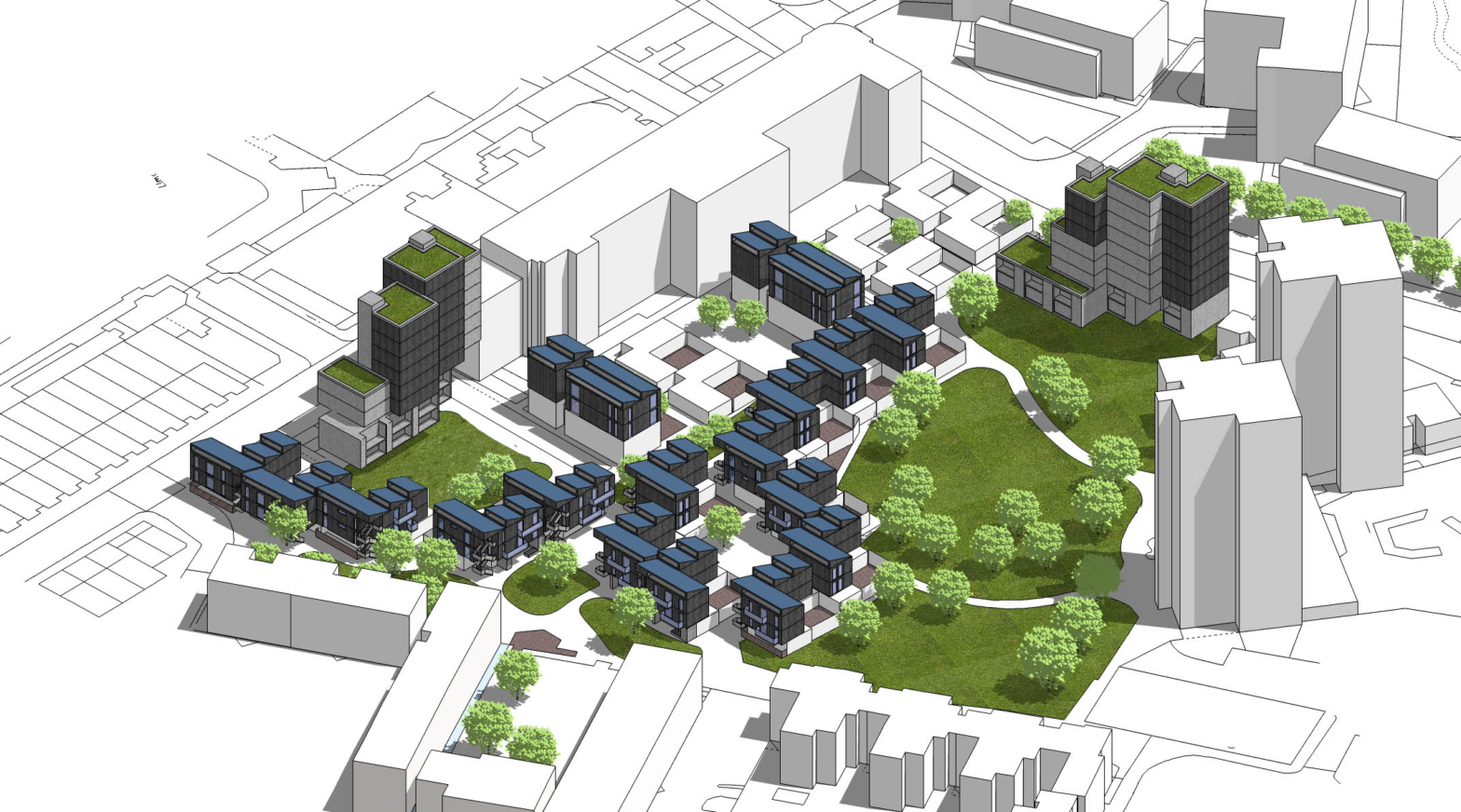
Knights Walk
Alternatives to Demolition
Co-operative Development
Over the past few years, Architects for Social Housing has explored alternative ways of funding and building social housing to the current mainstream of local authority and housing association, which is signally failing both existing residents and those in housing need.
In accordance with the neo-liberalisation of housing provision in the UK, housing associations currently only provide 14 per cent of their housing for social rent; while the ongoing estate demolition programme, embraced by every council in London and increasingly by councils across England, means that local authorities are demolishing far more social housing than they are providing, replacing it with market-sale, market-rent, shared-ownership and other so-called ‘affordable’ housing products.
In addition to this demolition, sale and conversion of social housing by these nominal ‘Registered Providers’, in June 2017 the Grenfell Tower fire revealed the importance of the relationship between residents of social housing and their landlord, casting a deadly light on the absence of agency residents have to engage with and influence the maintenance and safety of their homes. The structure of the Kensington and Chelsea Tenants Management Organisation was exposed as catastrophically flawed as a mechanism through which to ensure residents’ needs are listened to and met by landlords and local authorities.
Co-operative housing, by contrast, is managed — and sometimes partially or completely owned — by the residents themselves, and therefore offers potentially interesting solutions to some of the problems of unaccountable landlords, sloppy, withheld or dangerous maintenance, and our rapidly dwindling stock of social housing.
Historically, co-operatives in the UK provide only a small amount of social housing, with 0.6 per cent of all housing in the UK owned co-operatively. But this is not the case in other parts of Europe, where co-operative housing is a much more significant provider of social housing. Norway, for example, has 14 per cent of its housing provided by co-operatives.
The Patmore Estate in south London, which ASH has been working with over the past 3 years, is an interesting example of how the co-operative model could be applied to the management of a large council housing estate, in which residents form the co-operative board and oversee the management of their estate. The Grenfell Tower fire, and the deaths of 72 residents it caused, simply could not have happened under this structure.
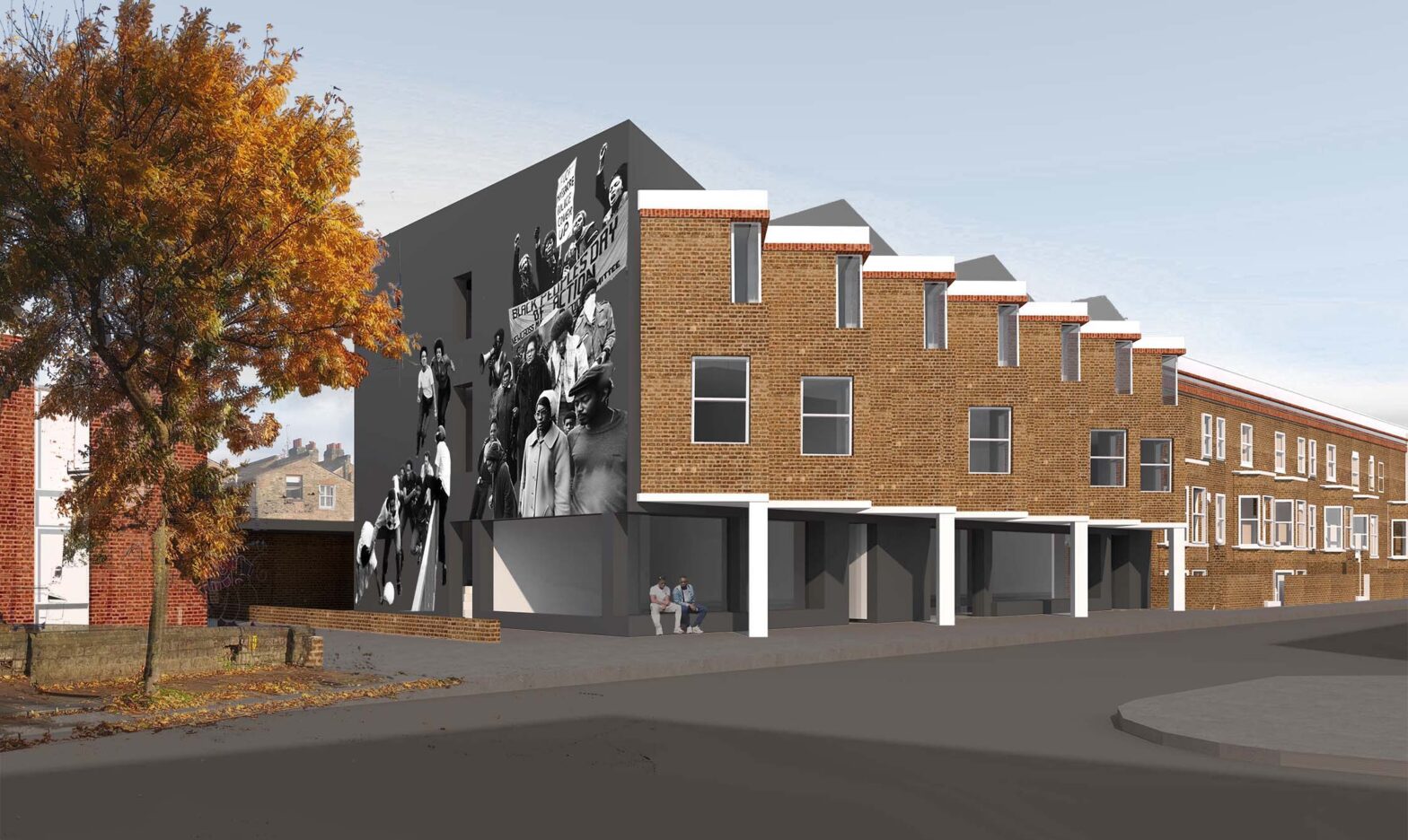
Brixton Housing Co-operative
Co-operative Development
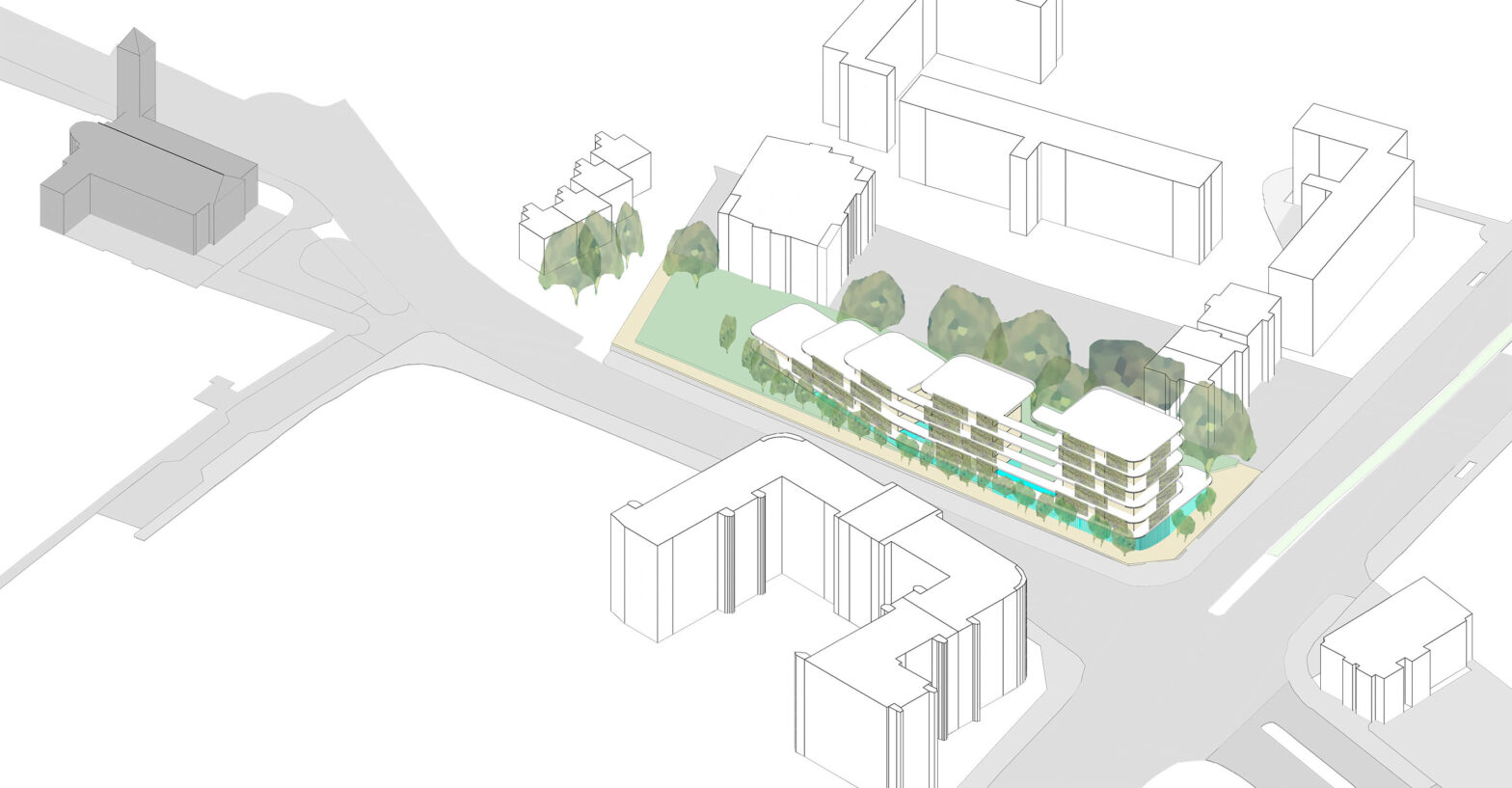
Brixton Gardens CLT
Co-operative Development
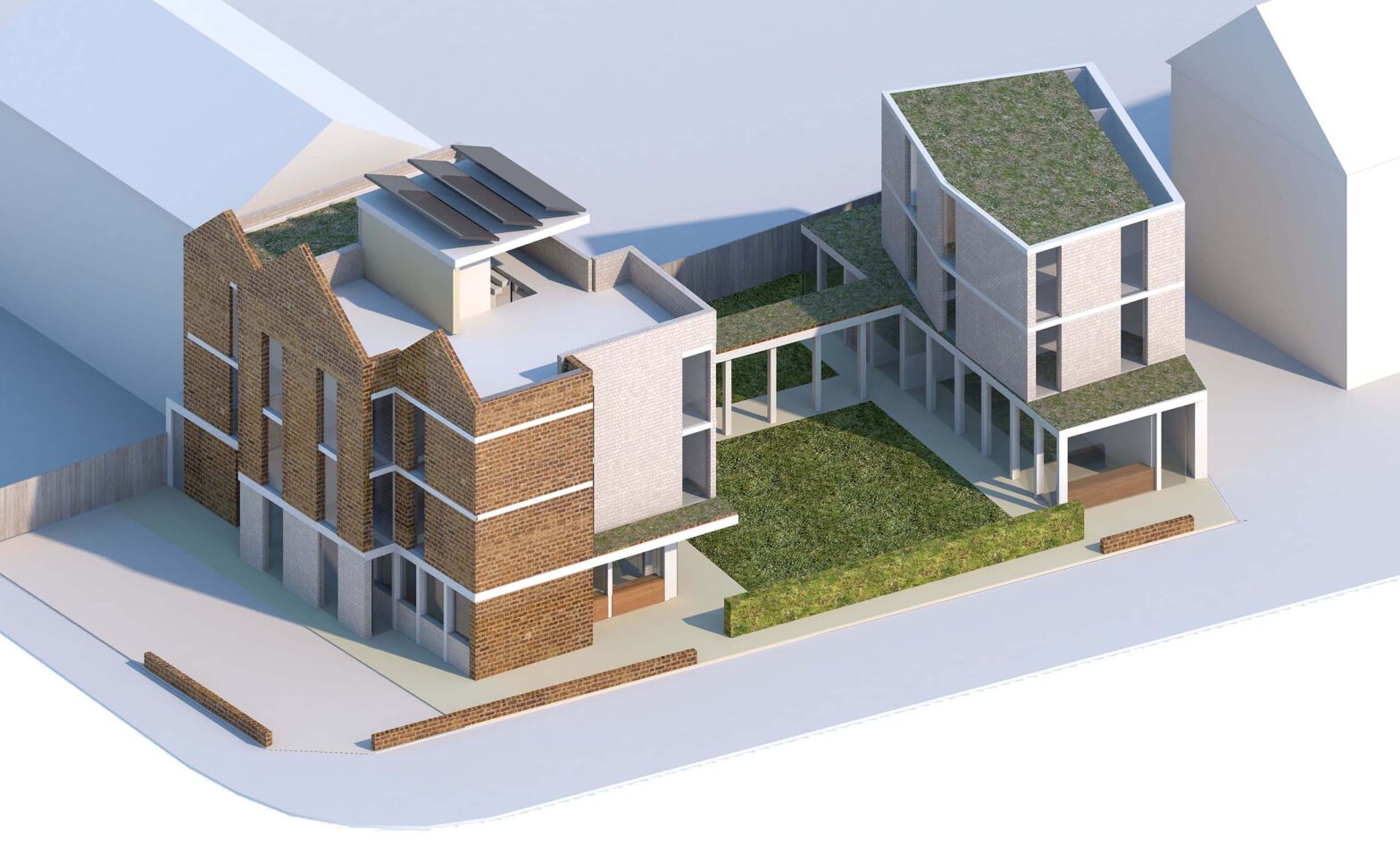
The Drive Co-operative
Co-operative Development
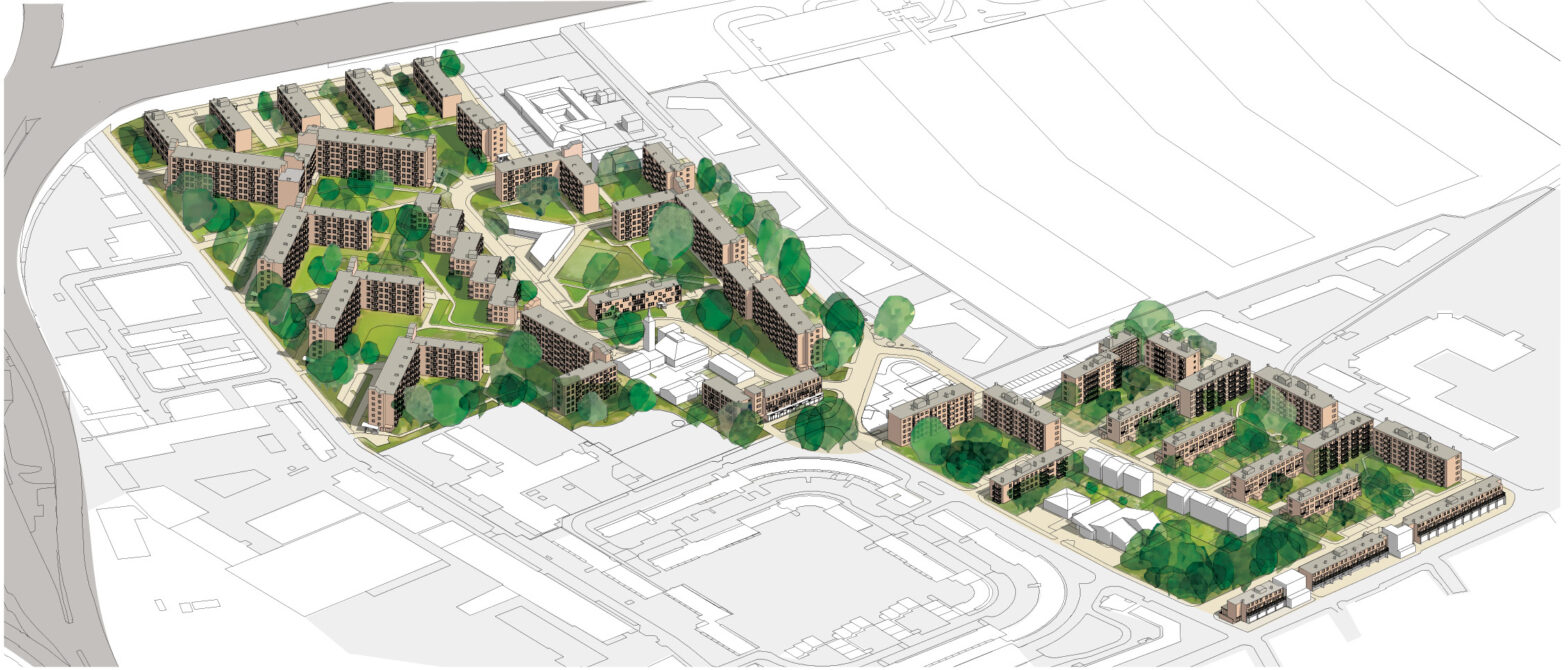
Patmore Co-operative
Co-operative Development
Reports
We share research that aims to correct inaccurate statements and counter negative perceptions about social housing in the minds of the public, and raise awareness of the role of relevant interest groups — including political parties, local authorities, housing associations, property developers, real estate firms, architectural practices and other consultants — in the ‘regeneration’ process. Using a variety of means, including publications, presentations, reports, case studies, exhibitions, films and protests, we aim to initiate policy change within UK housing.
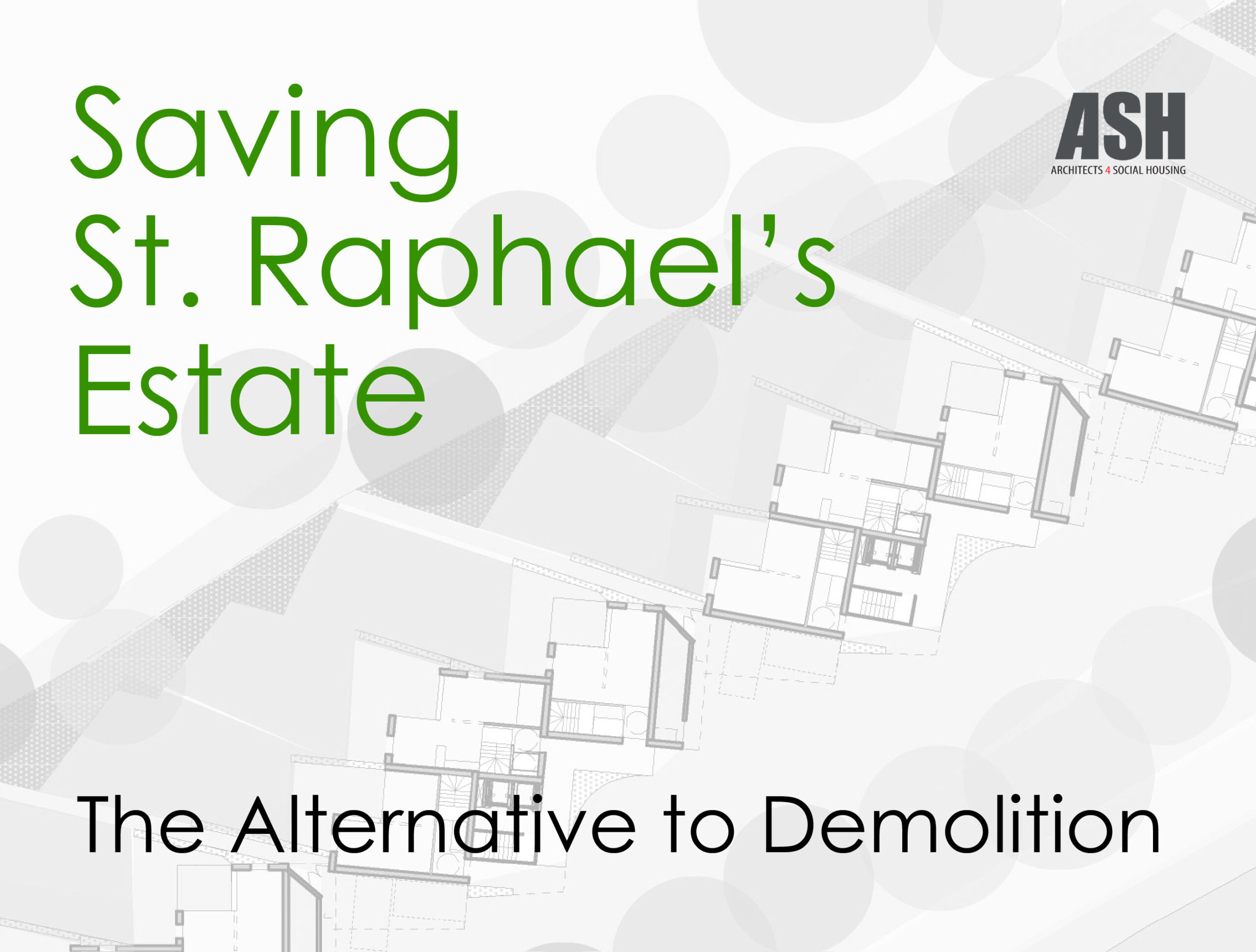
Saving St. Raphael’s Estate: Book
Reports
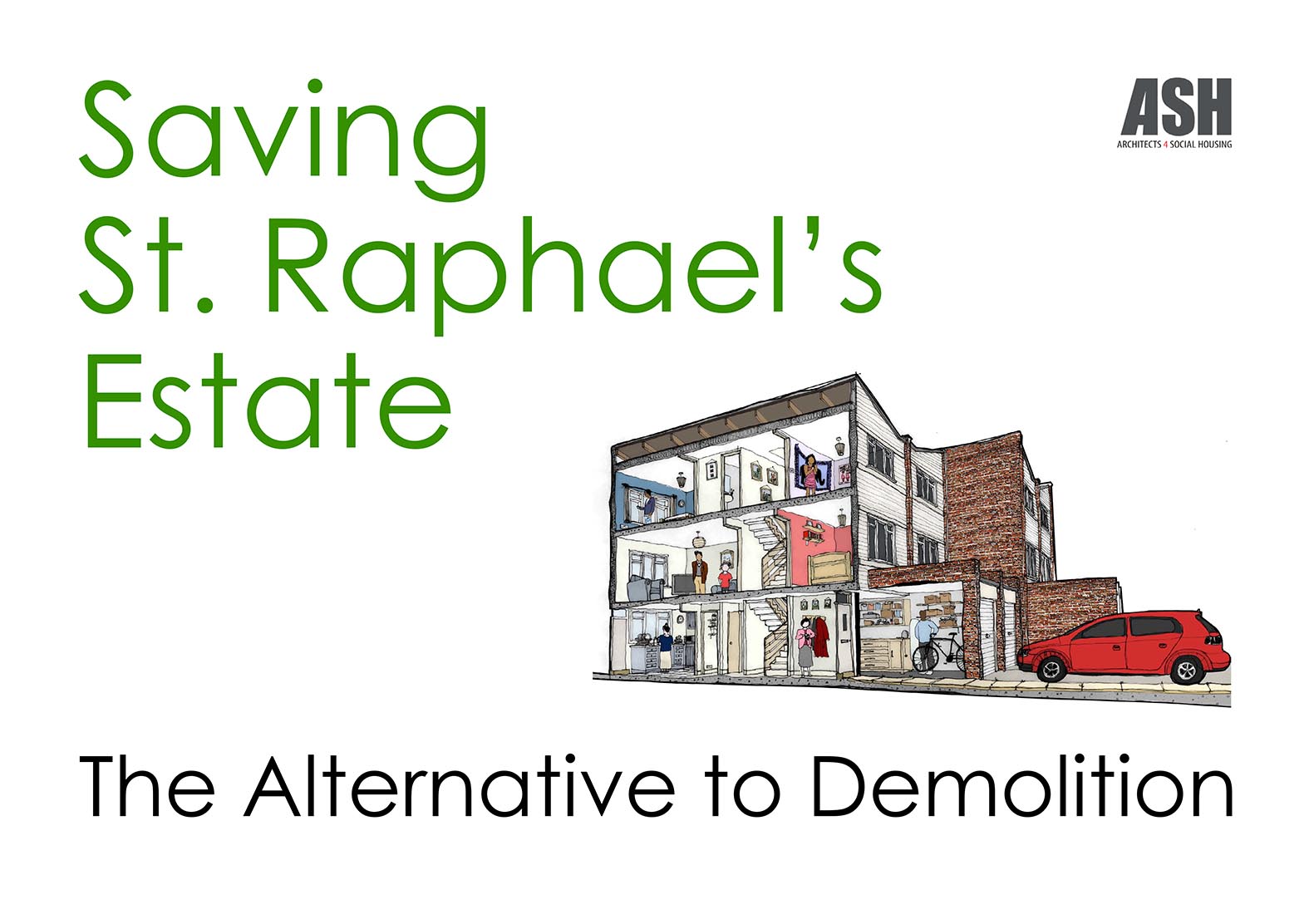
Saving St. Raphael’s Estate
Reports
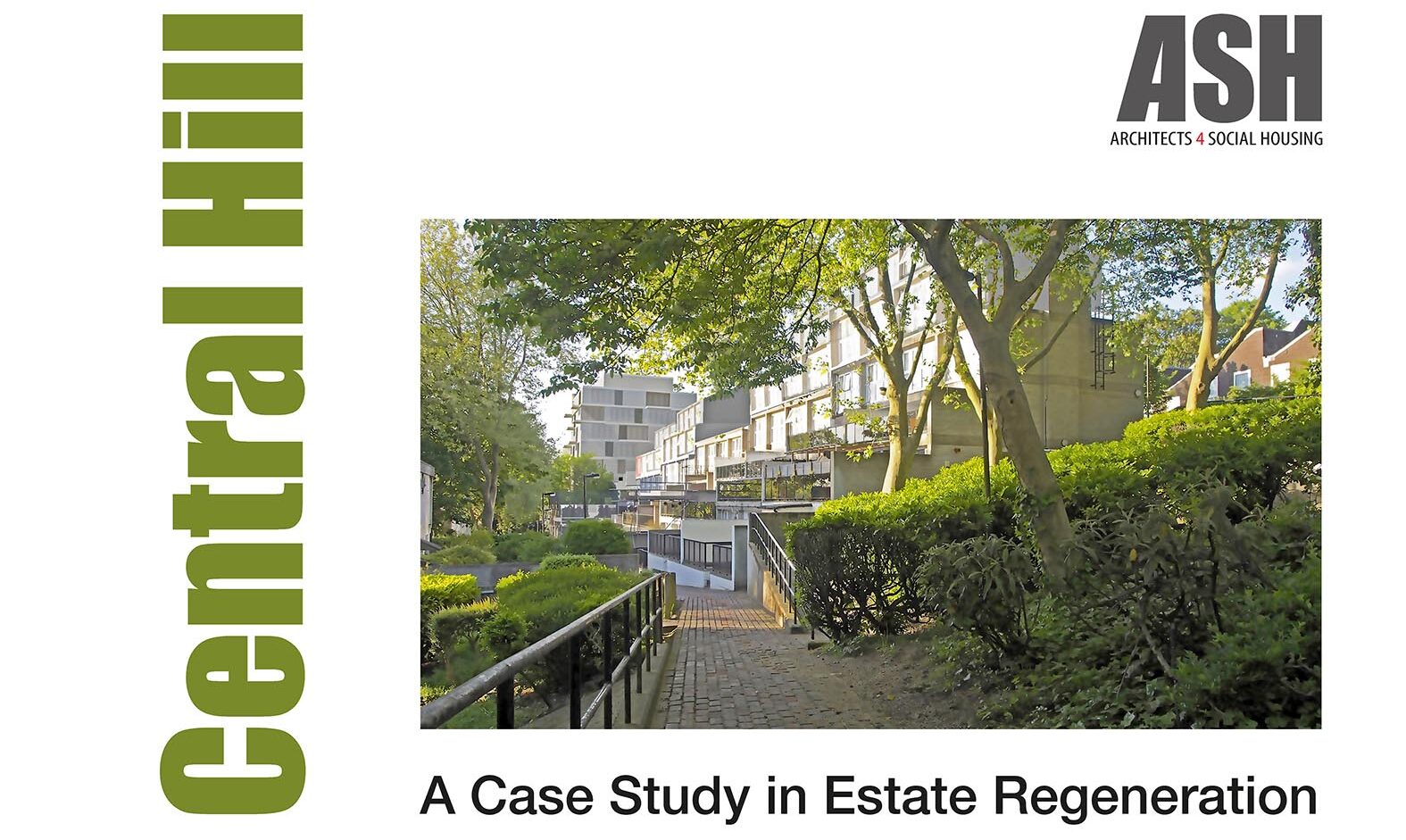
Central Hill: A Case Study
Reports
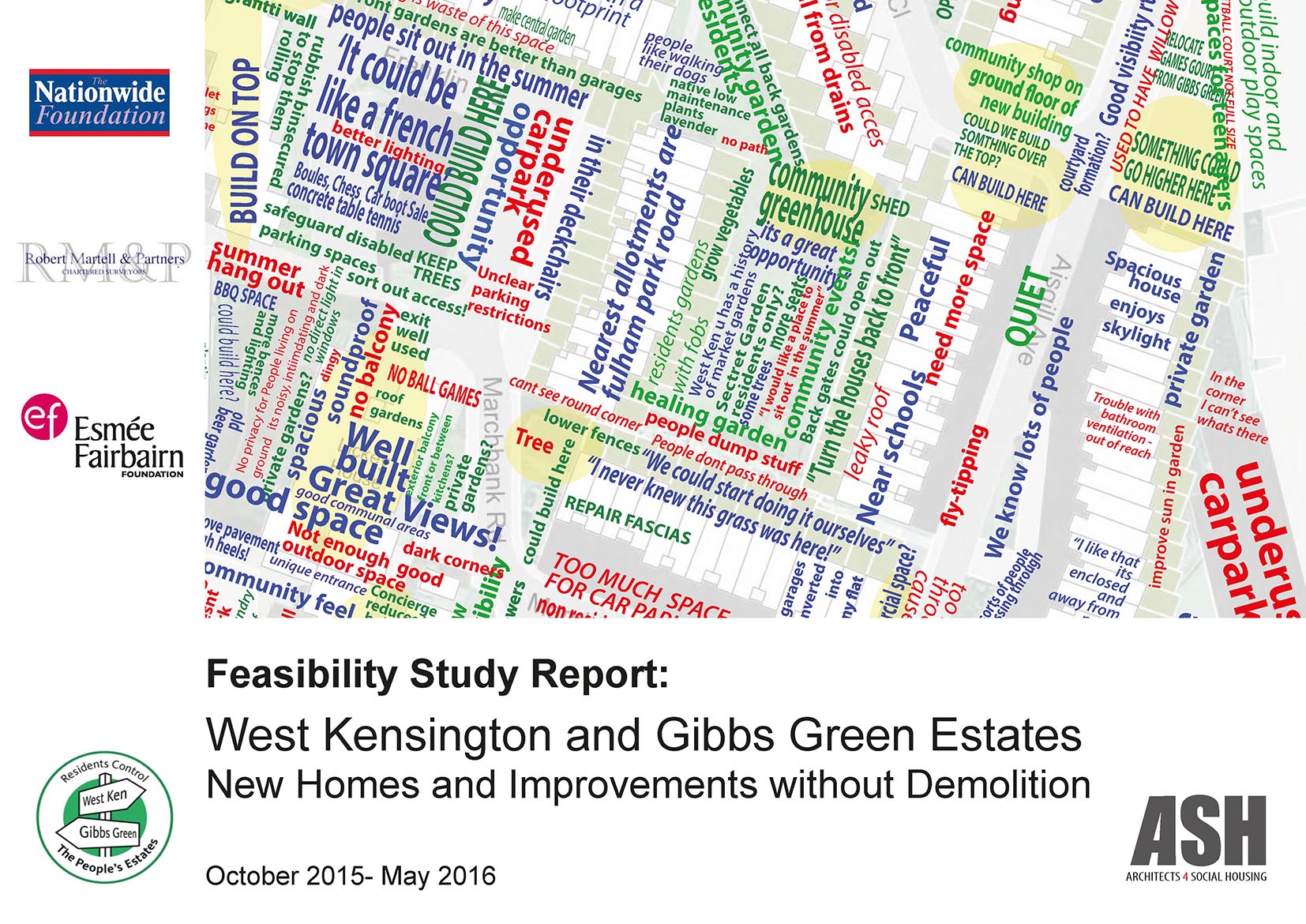
West Kensington and Gibbs Green estates
Reports
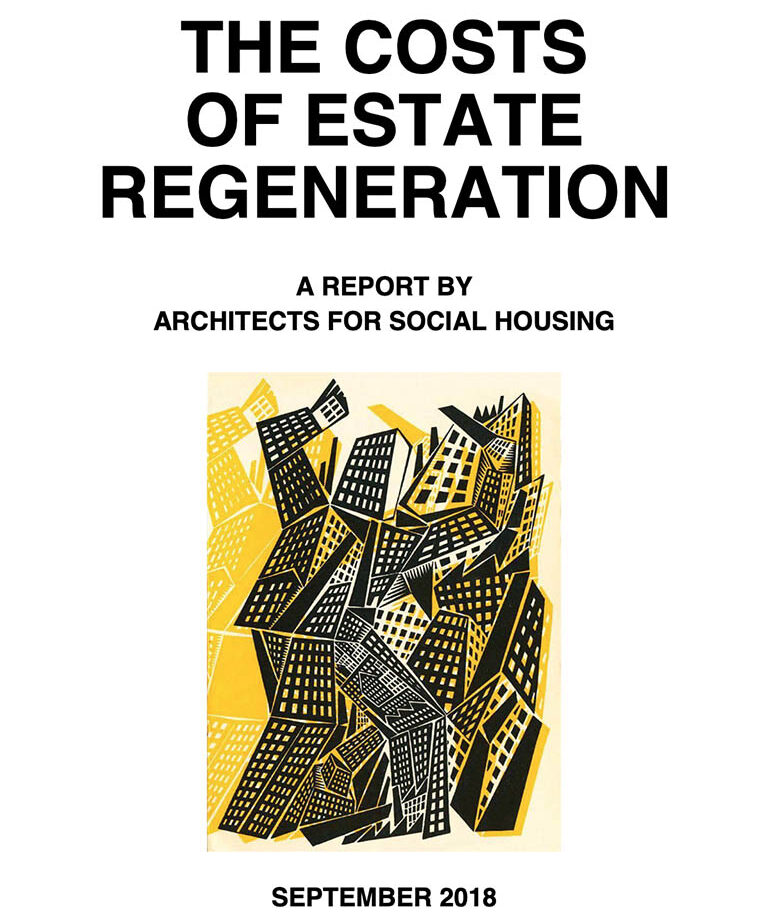
The Costs of Estate Regeneration
Reports
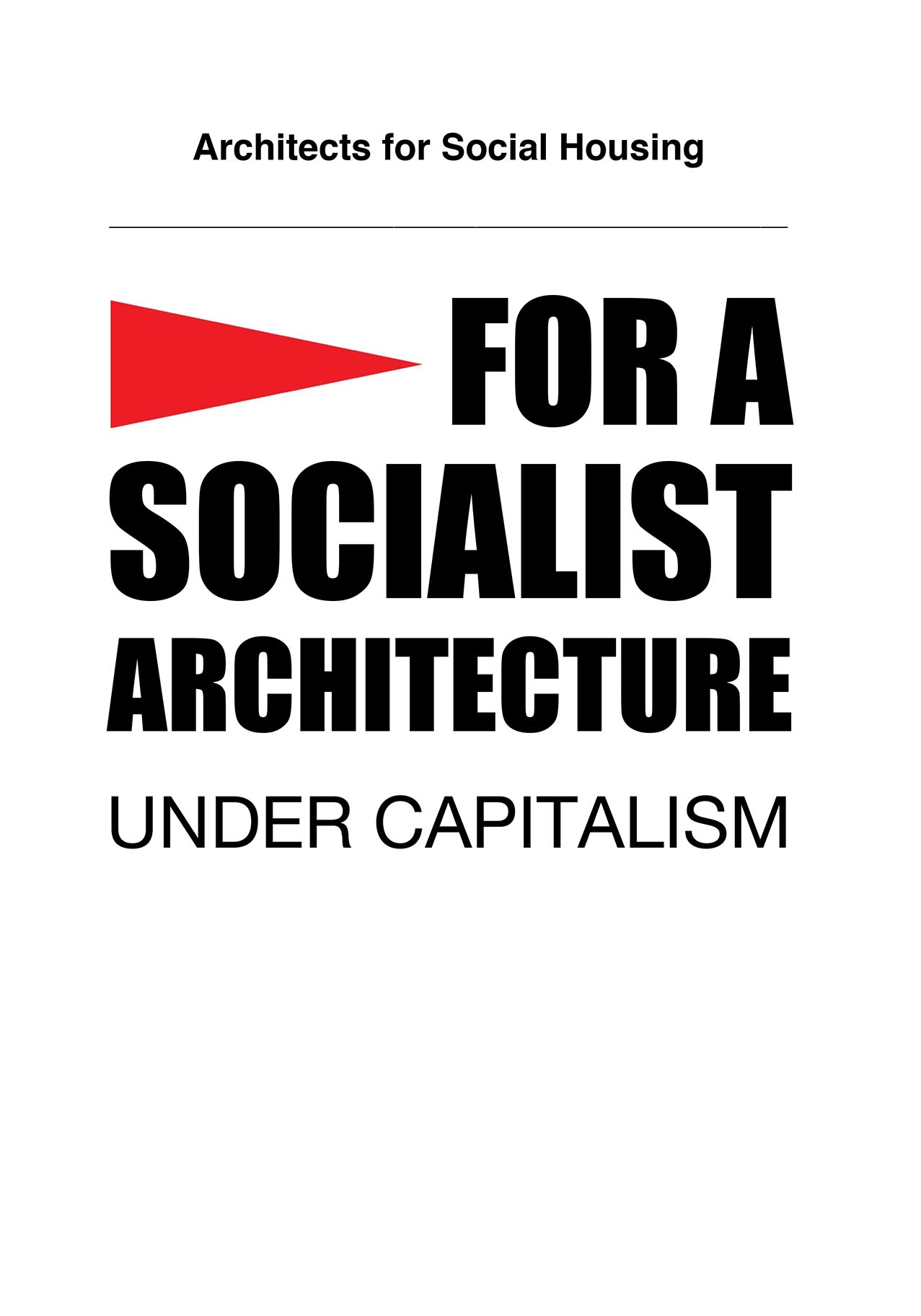
For a Socialist Architecture – Under Capitalism
Reports
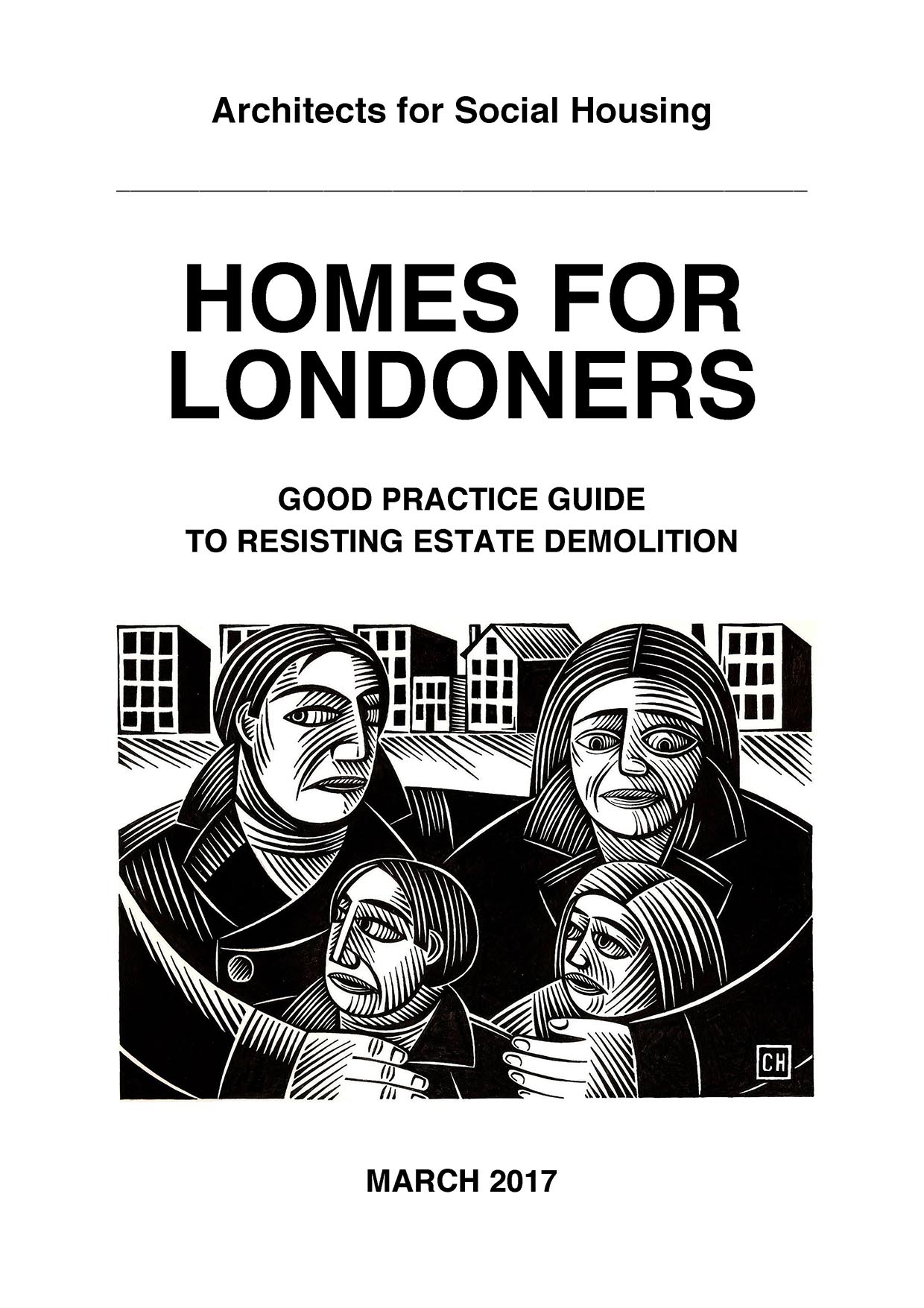
The Good Practice Guide to Resisting Estate Demolition
Reports
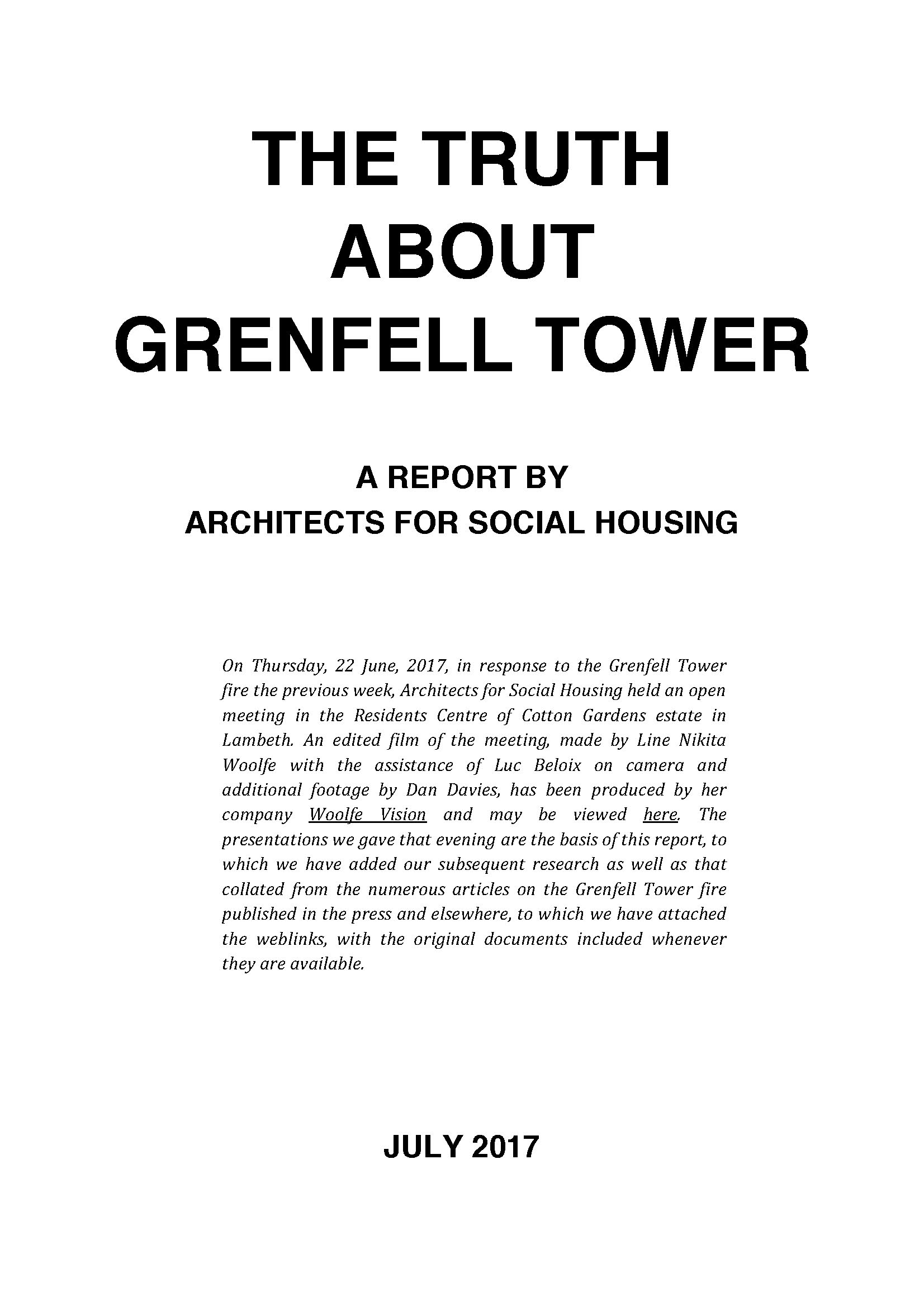
The Truth about Grenfell Tower
Reports
News and Presentations

Rehousing Londoners – The London Society
News and Presentations

What Went Wrong? Countdown to Disaster – Grenfell Tower Fire, Channel 5
News and Presentations
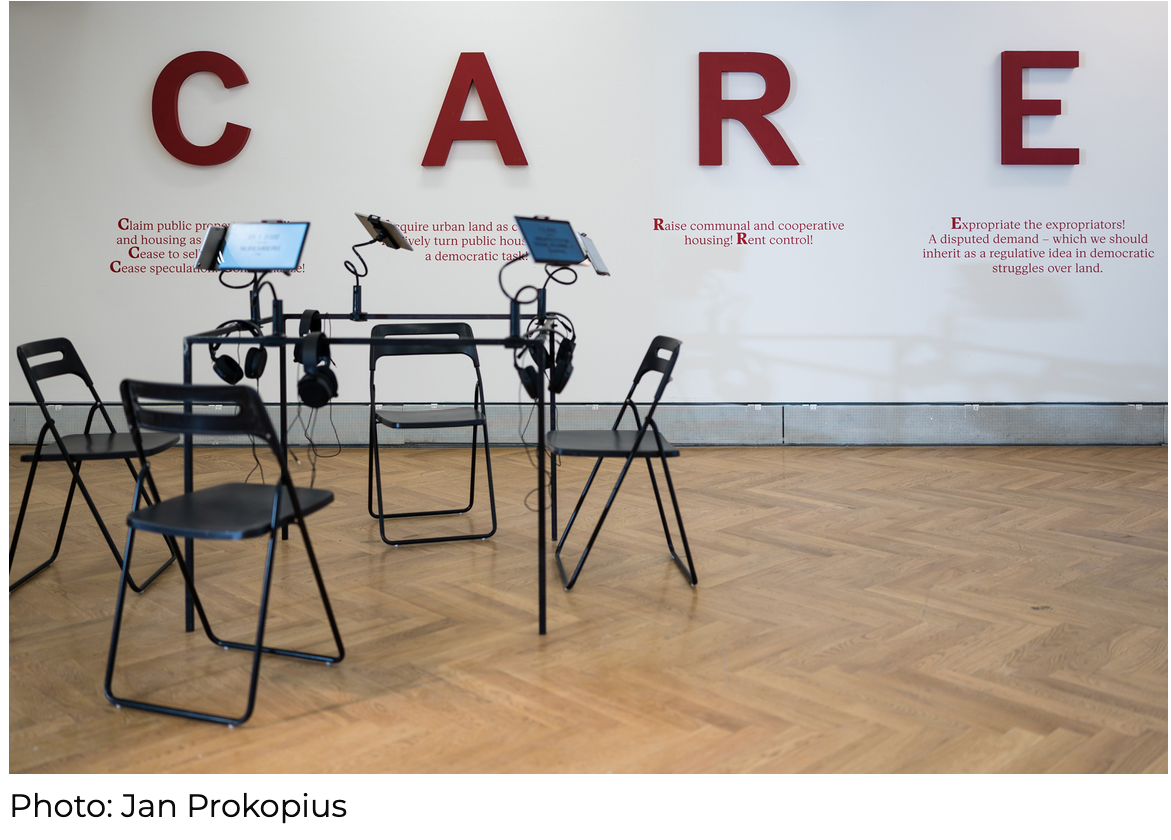
URBAN CONFLICTS – A HOUSING MANIFESTO
News and Presentations

A is for Architecture
News and Presentations

Brent Council announces that it will no longer pursue full demolition option
News and Presentations

Saving St. Raphael’s report selected for the RIBA Built for the Environment Report
News and Presentations

Geraldine Dening named one of 30 most influential architects in London, 2018
News and Presentations
